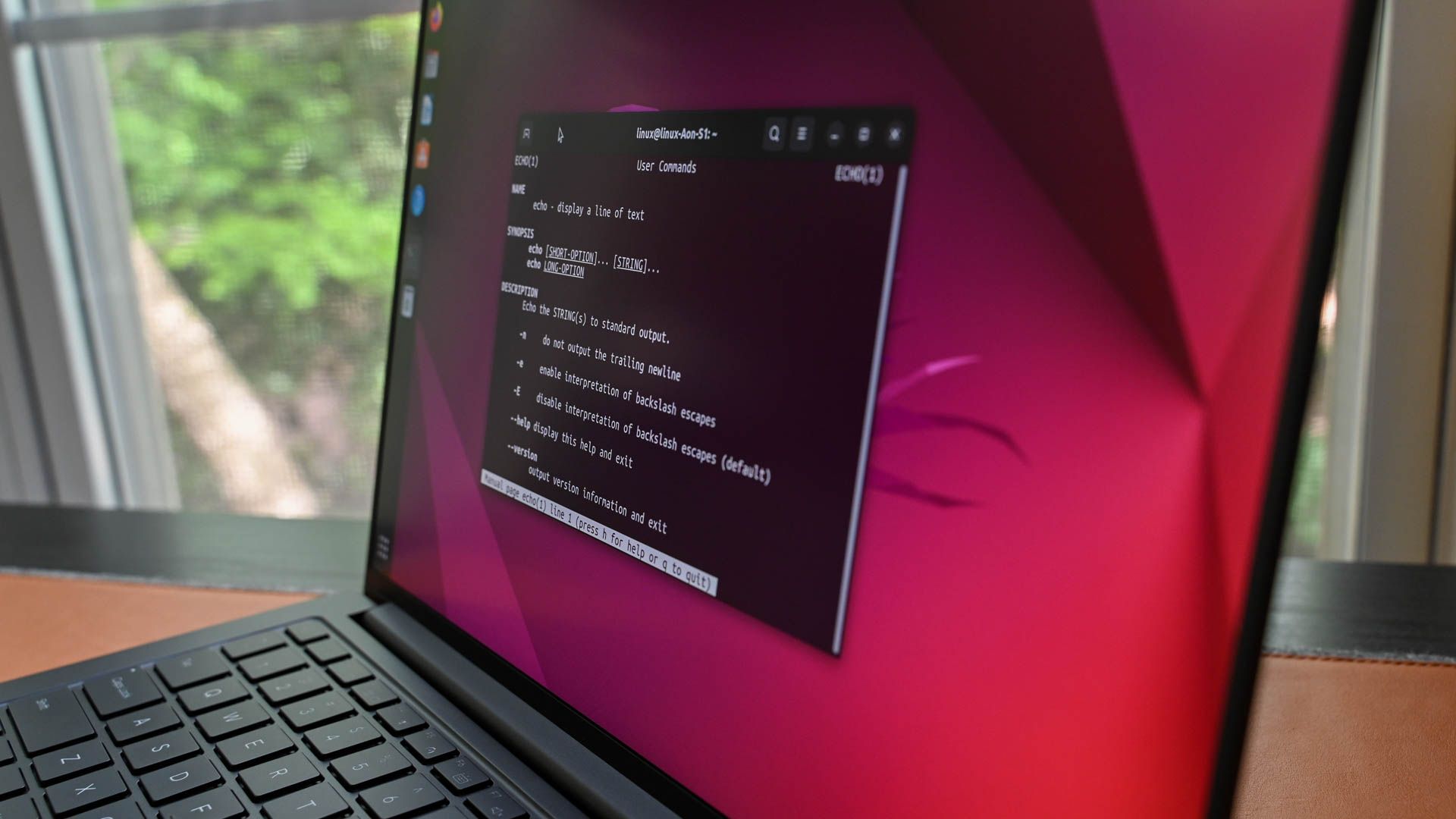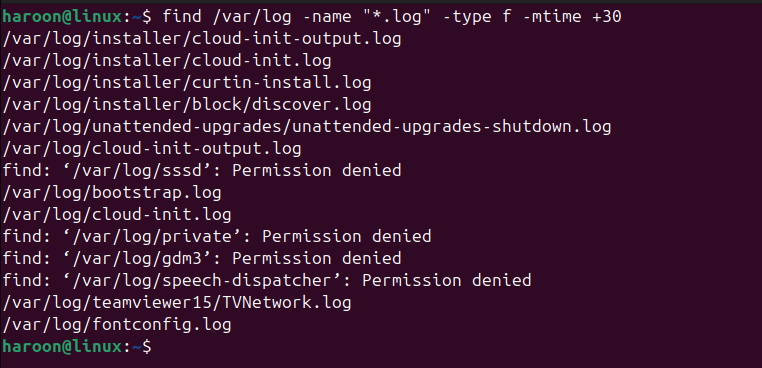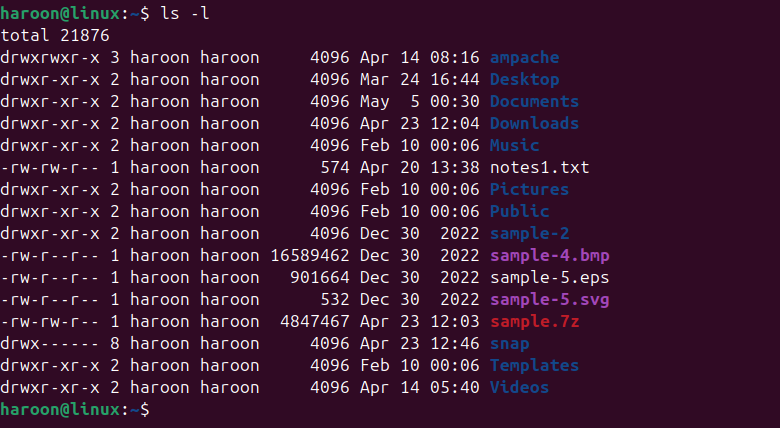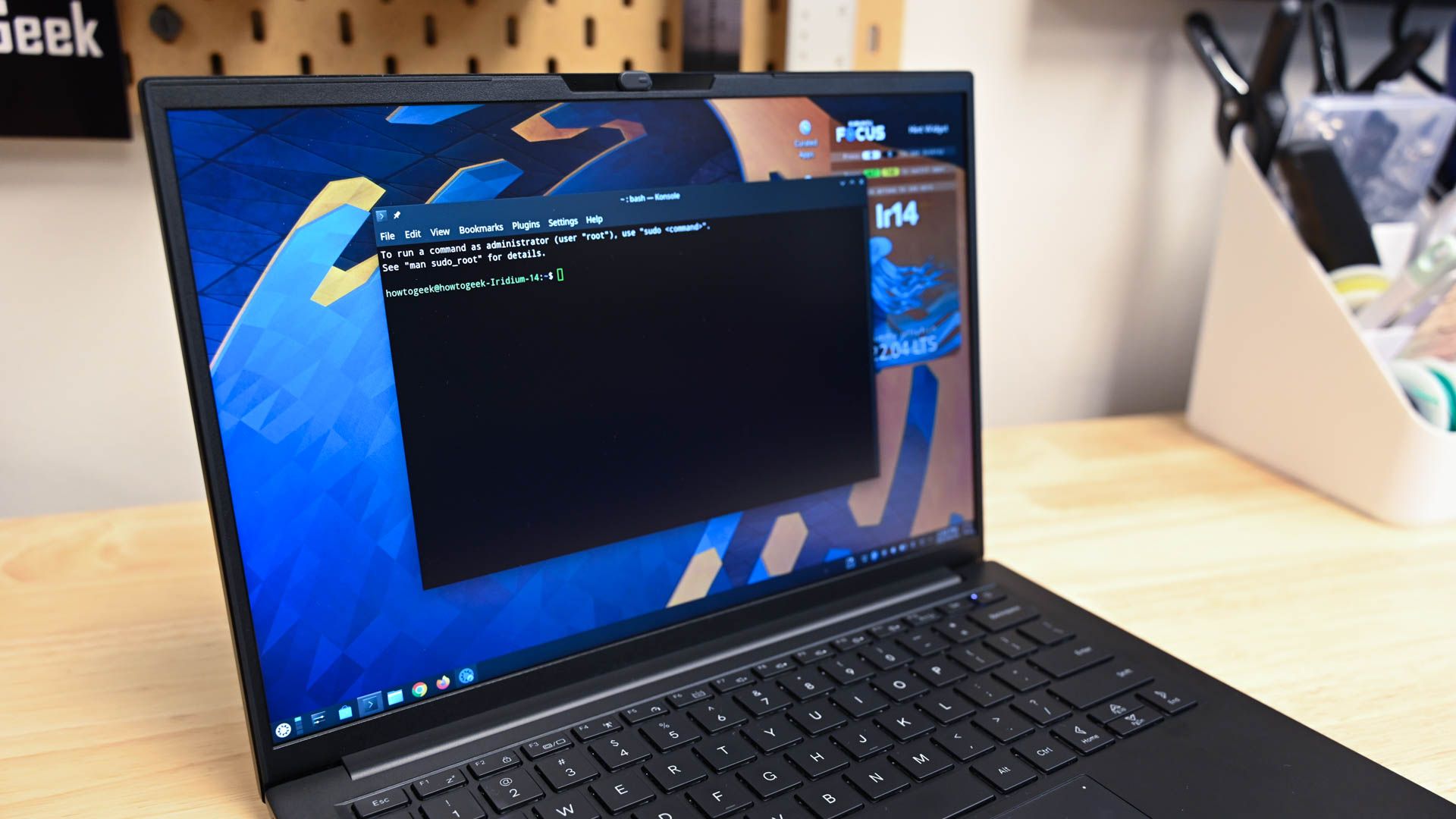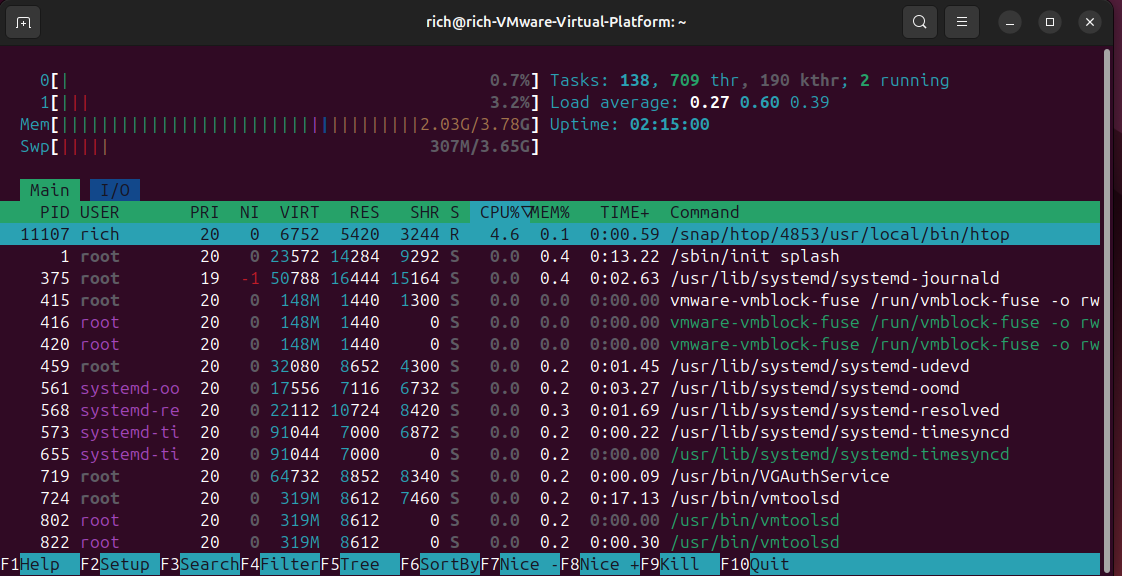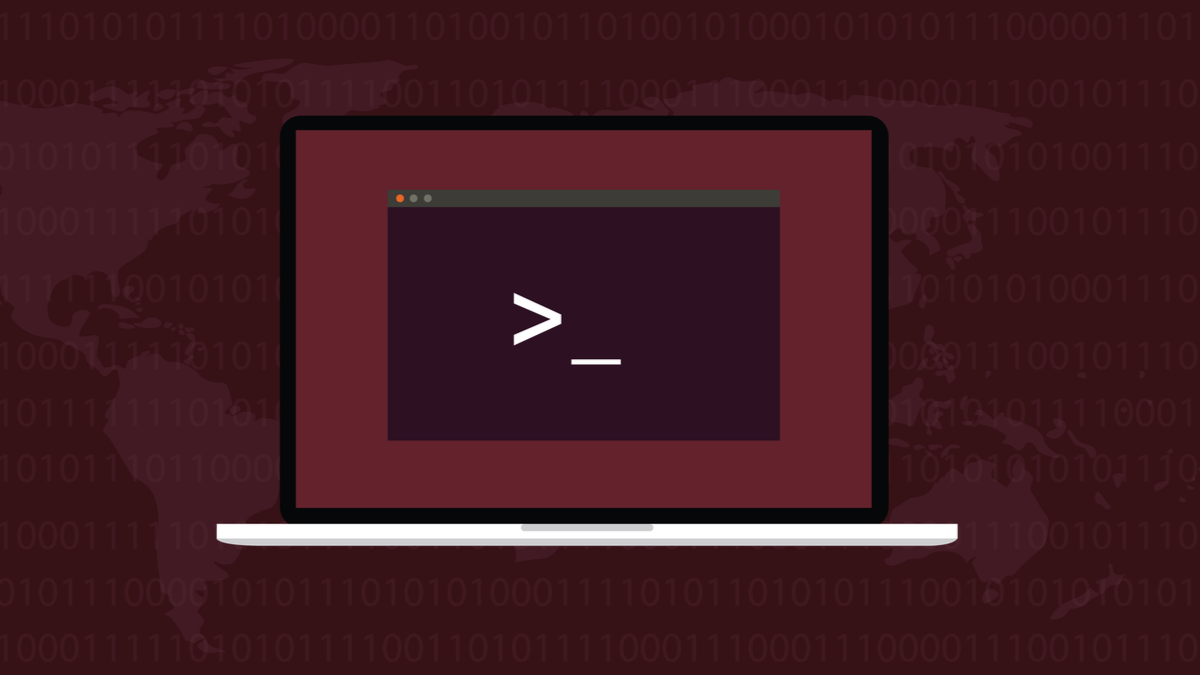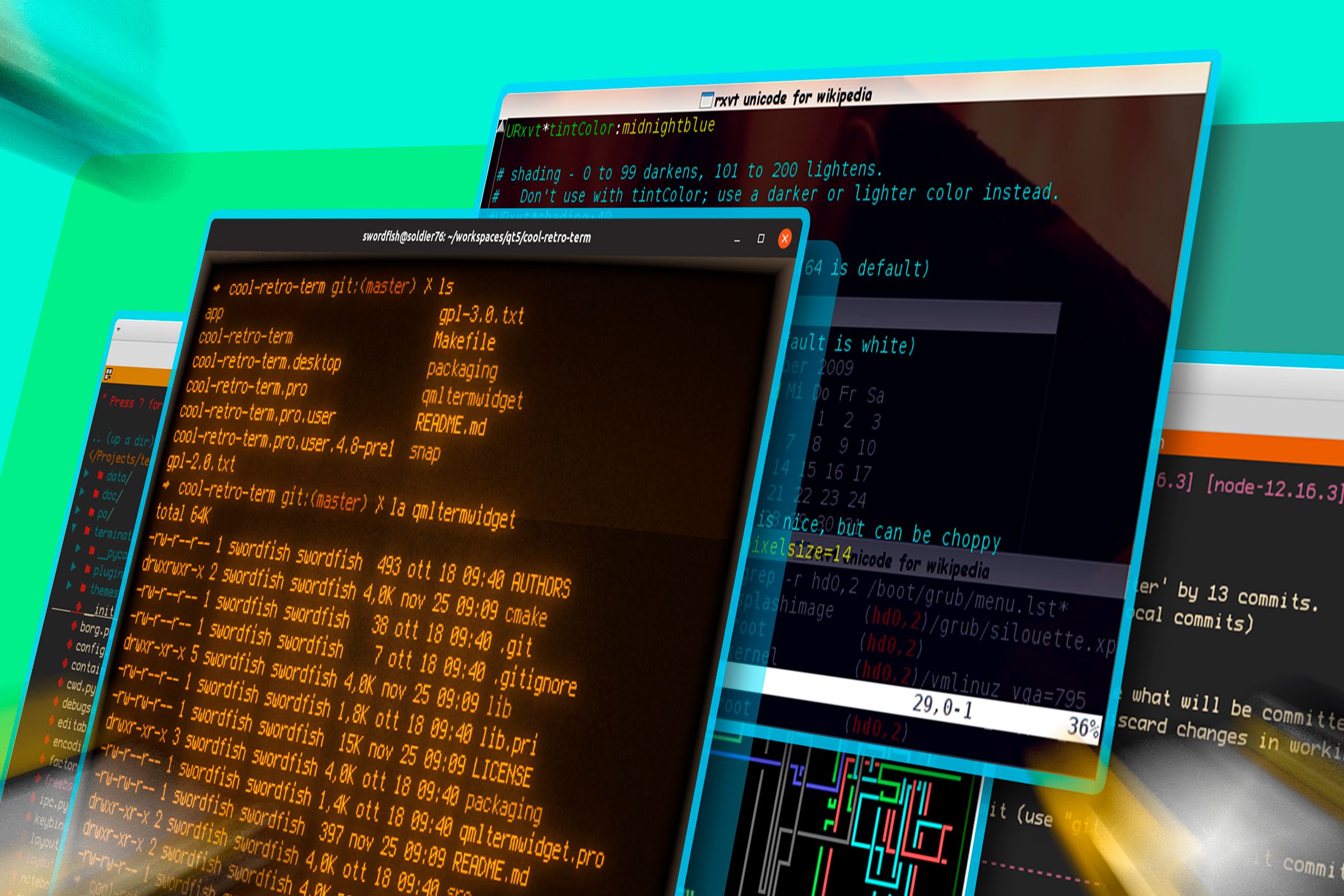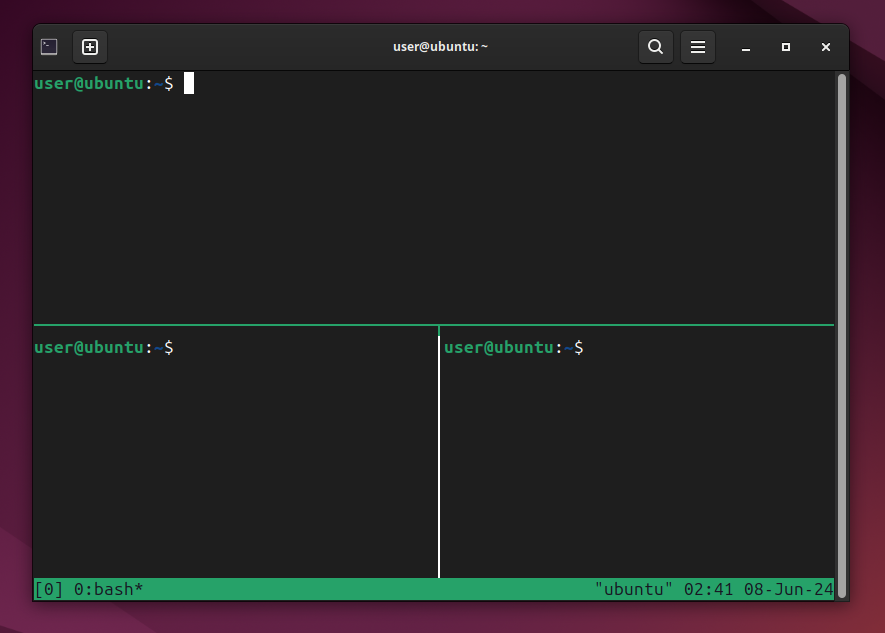When I first switched to Linux from Windows, I was intimidated by the terminal. The black screen with its blinking cursor seemed archaic compared to Windows’ polished GUI. Why would anyone choose to type commands when you could just click buttons? Oh, how wrong I was.
The terminal isn’t just an alternative interface—it’s a superpower that makes your life easier. Although you need to learn something new at first, but, once you understand the basics, you can accomplish many complex tasks easily using just a few commands.
After using Linux for several years, I’ve come across multiple commands that completely changed my workflow and showed me why life is better without Windows. These aren’t just commands; they’re capabilities that Windows either lacks entirely or implements poorly through clunky interfaces and third-party solutions. Here are a few of them!
10
grep – Find Anything Instantly
Unlike Windows’ file-content search, which can be slow and limited to the GUI, the Linux grep tool streams results to your terminal as they’re found. You can use grep for simple searches within files, recursive searches, pattern matching, or even pipe its output to other commands.
You just need to give it a pattern (like a word or phrase) and tell it where to look (a file, multiple files, or even the output of another command), like this:
grep "important note" ~/Documents/*.txt
With this simple command, I can search through every text file in my Document’s folder for the phrase “important note.” The results appear in milliseconds, showing the filename and the line containing my search term.
grep isn’t just for files—you can also pipe it into other commands to filter output. For example, if you want to list all Chrome processes, you can run:
ps aux | grep "chrome"
With grep, you don’t need to open each document individually or use the sluggish search function that seems to index everything except what you’re actually looking for.
9
find – Locating Files With Precision
Don’t confuse find with grep, which is great for finding text within files. While you could combine grep and ls to locate certain files, the find command is specifically designed to locate files and directories themselves. Unlike Windows Search, which sometimes misses hidden or system files, find lets you specify exactly what you want—by name, size, modification date, or even content.

Related
How to Use the find Command in Linux
Use find with xargs and exec to take your Linux file searches to the next level.
Let’s find all log files older than 30 days with this:
find /var/log -name "*.log" -type f -mtime +30
On Windows, this would require sorting by date in File Explorer and manually checking each folder. With find, it’s a single command. But find doesn’t just locate files—it can also execute commands on them. To delete all those old log files, run this:
find /var/log -name "*.log" -type f -mtime +30 -delete
This level of granular control over file system operations simply isn’t built into the standard Windows interface.
8
APT, YUM/DNF, Pacman – Easy Software Installation
To install any Windows software, you typically need to search online, download an installer, click through a wizard, decline the bundled toolbar, wait for installation, create a desktop shortcut, and finally launch your program. On Linux, you can do all of this using package managers with a single command.
Linux package managers like APT (Debian or Ubuntu), DNF (Fedora), or Pacman (Arch) make the process incredibly simple. For example, to install GIMP (an image editor) on a Debian-based system like Ubuntu, you just run:
sudo apt install gimp
That’s it. One command to install GIMP along with all its dependencies—no wizards, no unwanted software, no reboots. Not only that, you can also update all your installed software at once using this:
sudo apt update && sudo apt upgrade
This single command checks for updates to every installed program and applies them in one go.
7
Piping – The Power of Combination
The pipe operator (|) allows you to take the output of one command and feed it directly as input to another. This simple concept unlocks immense power by letting you combine small, single-purpose utilities into complex workflows.
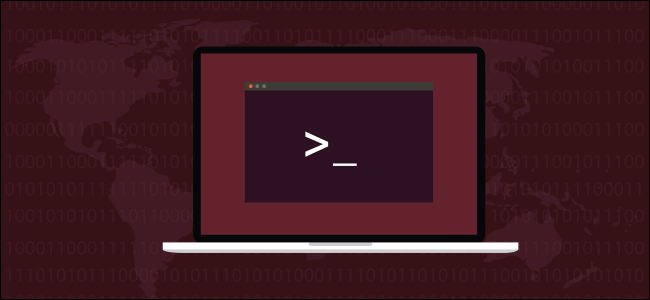
Related
Many hands make light work. Many commands do, too. Use Linux pipes to string them together into custom powerhouses.
For example, remember ls -l, which lists files with details.
ls -l
What if the above list is huge, or you only want to return the total number of files? You can do that by using the pipe operator “|” with the wc command.
ls -l | wc -l
This calculates and prints just the number of lines. Other than that, you can also find all the processes running on your system (ps aux) and then filter for only those related to your web server (apache).
ps aux | grep apache
This ability to chain commands together like building blocks is incredibly powerful and forms the basis of many efficient scripting and automation tasks. Windows PowerShell has adopted piping, but it’s not as universal or seamlessly integrated as it is in Linux, where this philosophy is fundamental to the system’s design.
6
htop or top – Real-Time Process Monitoring
Windows Task Manager gives you a snapshot of running processes, CPU usage, memory usage, and more. It’s functional but often feels a bit static, and getting detailed, real-time information about what your system is doing can be challenging.
Linux offers command-line tools for monitoring processes—most notably top and its more user-friendly version, htop. When you run htop, you get a dynamic, real-time view of your system’s activity directly in your terminal.
You can see CPU and memory usage per process, sort by various criteria (CPU usage, memory usage, process ID), kill rogue processes, and even view a tree structure showing parent-child relationships between processes.
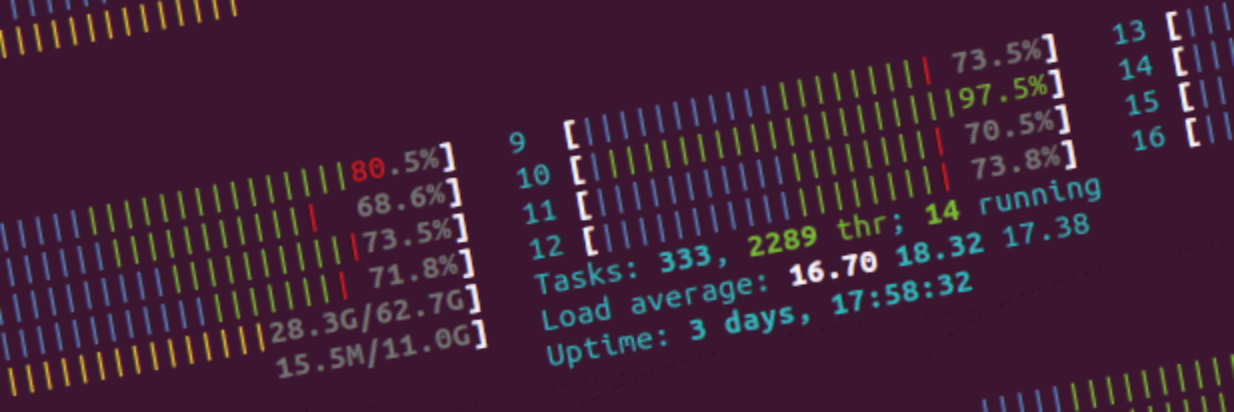
Related
Color Bars in htop – What Do They Mean?
Ever wondered what all the red, green, orange, aqua and dark blue bars mean in htop? Even if you are not familiar with htop, this article will introduce you to the great Linux task manager and it’s color key.
5
Cron – Scheduled Automated Backups
Setting up automated tasks on Windows typically involves using the Task Scheduler. It’s a graphical tool that is capable and widely used but can sometimes feel less streamlined for script-heavy or advanced automation. If you want to run a specific command or script at a specific time daily or hourly, Linux offers a different approach with Cron.

Related
What is a Cron Job, and How Do You Use Them?
The cron utility is used for running scripts and commands at regular intervals, and at specific times and dates.
Cron is a time-based job scheduler in Linux and Unix-like systems. By editing your crontab file, you can specify commands to run and when to run them, using a straightforward five-field syntax: minute, hour, day of the month, month, and day of the week.
Want to run a backup script located at “/home/user/backup.sh” every night at 2:00 AM? After running this command:
crontab -e
Add the following line to your crontab:
0 2 * * * /home/user/backup.sh
Don’t get me wrong—while both tools are powerful, neither tool is universally better. I prefer Cron because it is lightweight, text-based, and integrates seamlessly with the command line and version-control systems. In contrast, Windows Task Scheduler relies on a GUI/XML configuration, has more overhead, and can suffer from session- and permission-related quirks.
4
rename or loops – Bulk Renaming
Renaming multiple files on Windows can feel tedious and limited—even with modern File Explorer, you’re restricted to simple sequential renames (select files, F2) or must resort to PowerShell or third‑party tools for anything more advanced.
In contrast, Linux provides powerful built‑in command‑line options that let you rename hundreds of files instantly using either the rename utility or simple shell loops.
For example, to add a prefix to all JPG files, use this loop in bash or zsh:
for file in *.JPG; do mv "$file" "TripToItaly_$file"; done
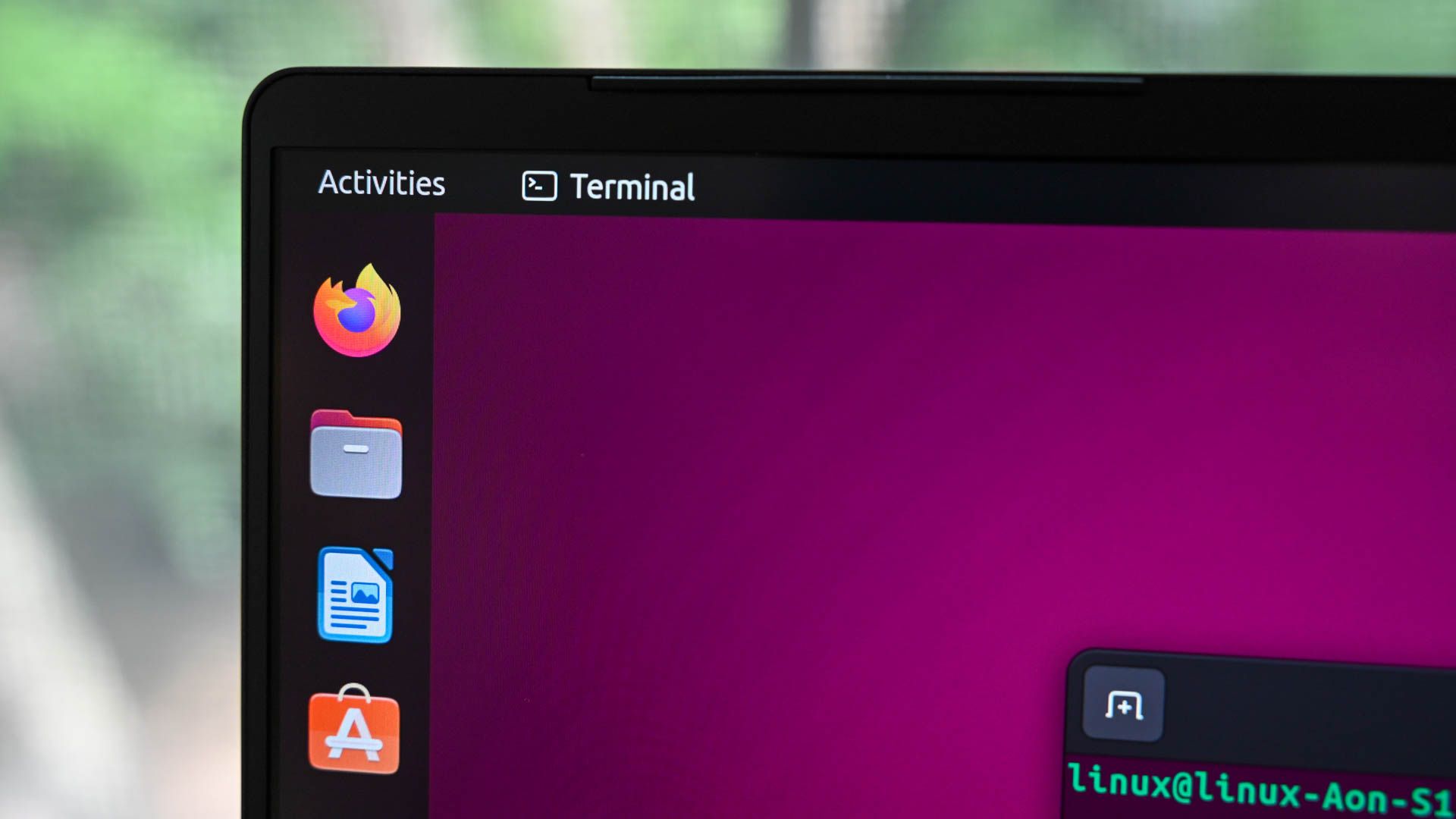
Related
How to Use the rename Command on Linux
Upgrade your Linux file renaming powers and take rename for a spin.
Or you can use the rename command to change the extensions of all TXT files to MD using the Perl‑based rename (Debian/Ubuntu syntax):
rename 's/\.txt$/\.md/' *.txt
On distributions with the util‑linux rename (common on CentOS, Fedora, Arch), use:
rename .txt .md *.txt
These commands run in an O(n) loop over your files—no clicking, no extra software, just fast, flexible, scriptable renaming that scales.
3
curl or wget – Command-Line Downloads
The curl and wget commands are invaluable for scripting, automating downloads, fetching data for processing, and working on servers where a graphical browser isn’t available. What if you need to download a file programmatically, as part of a script, or from a server that requires authentication—or even download hundreds of files from a list? With wget and curl, you get fine-grained control over the download process—something a web browser simply can’t match.
For example, to download a file from a specific website, use this:
wget https://example.com/path/to/file.zip
curl is even more versatile, supporting a wider range of protocols and options. It’s great for interacting with web APIs, sending data, and performing complex transfers:
curl -O https://example.com/another/file.tar.gz
The -O saves the file with its original name.
2
Alias – Creating Your Own Shortcuts
We all have tasks we perform repeatedly. Typing the same long command over and over is tedious and prone to typos. On Windows, creating system-wide command-line shortcuts isn’t straightforward for the average user.
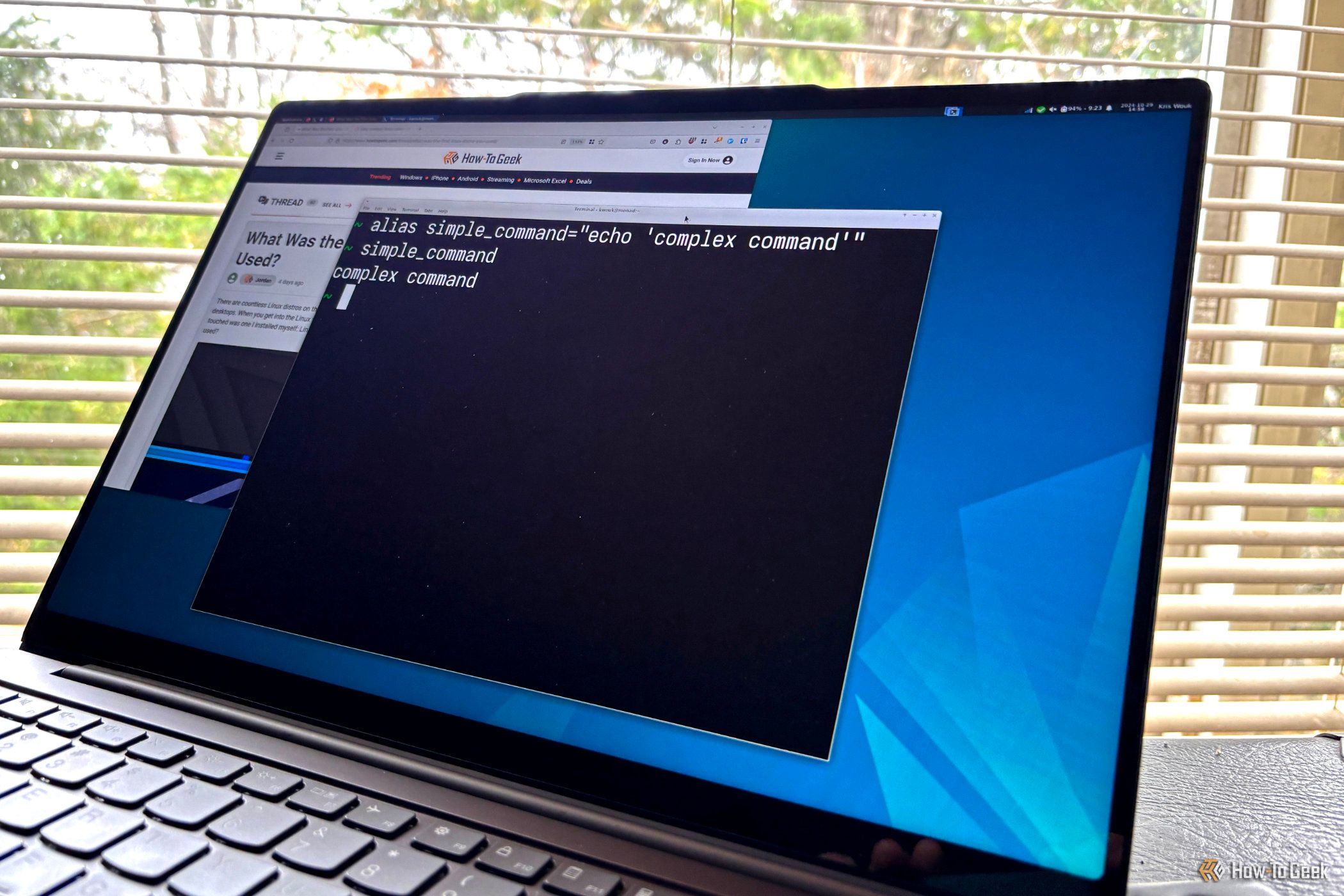
Related
Why You Should Be Using Aliases in the Linux Terminal
Even if you’re aware of them, make sure you’re using them to their full extent.
Linux shells (like Bash or Zsh) let you create custom shortcuts called aliases. An alias is a short, memorable command that the shell replaces with a longer one when you type it.
For example, instead of typing ls -lha every time, you can create:
alias ll="ls -lha"
Now, typing ll runs the full command. You can add aliases to your shell’s configuration file (like .bashrc or .zshrc) so they’re available every time you open a terminal.
You can create aliases for anything—connecting to servers, running scripts, or launching your favorite apps. For example:
alias update="sudo apt update && sudo apt upgrade -y"
Add this to your .bashrc file and run update in the terminal to update all your software.
1
tmux – Multiple Screens
tmux is a terminal tool that lets you split one window into multiple panes. You can run different commands in each pane—editing code, watching logs, or running tests—and everything keeps running even if you disconnect.
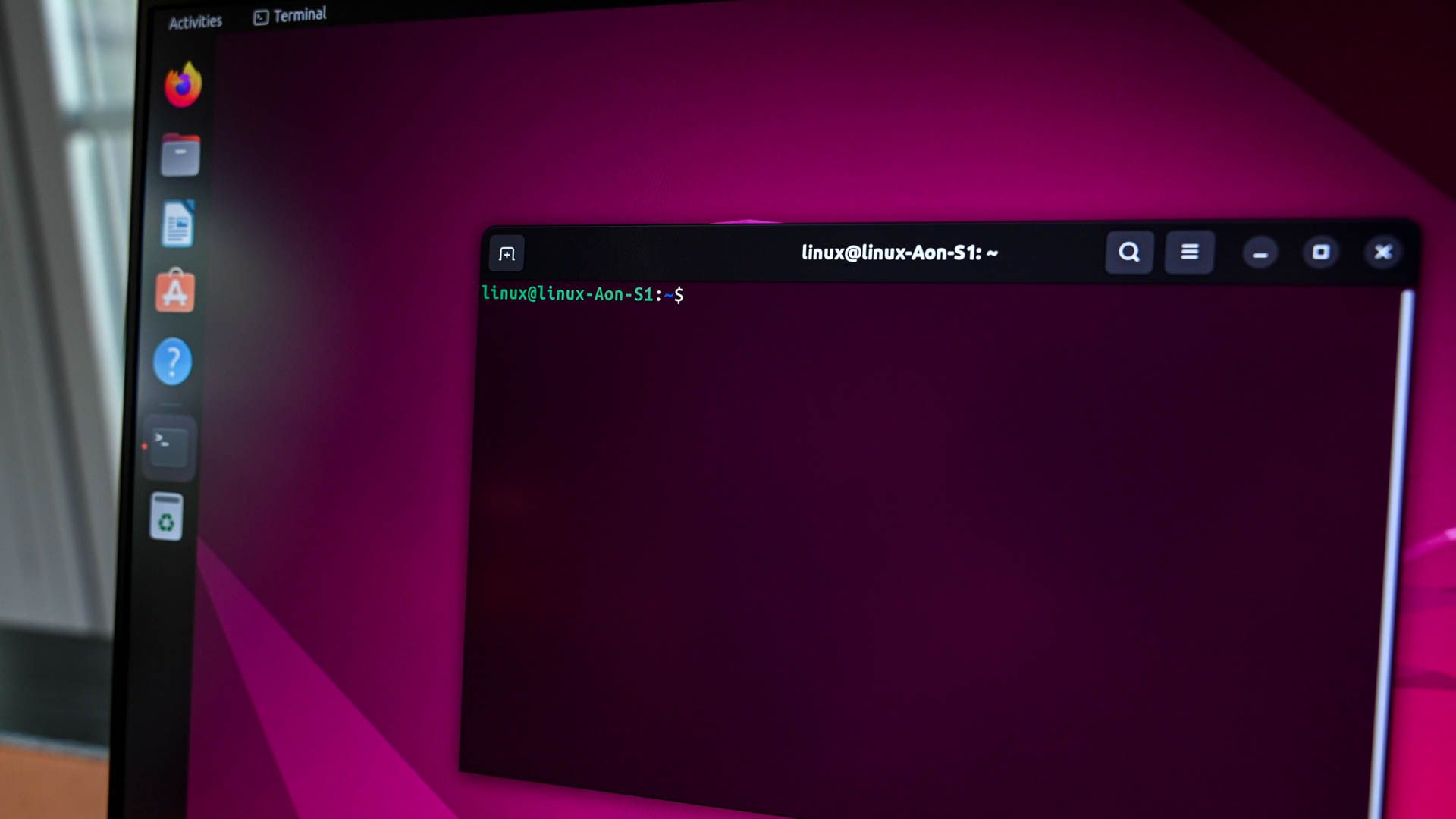
Related
How to Use tmux on Linux (and Why It’s Better Than Screen)
Is the Linux tmux command really better than screen? We gave it shot to find out.
You can install tmux using your package manager, like on Debian-based systems, use this:
sudo apt install tmux
Windows also supports tabs and multiple windows, but you can not detach a session, log out, then reattach later. However, if you run tmux inside WSL on Windows, you gain the same detach-and-reattach capability you’d have on a native Linux system.
These commands are essential tools that have greatly improved my Linux experience. Learning even a few of them is a fantastic place to start. You can also check out these overlooked commands that can unlock even greater power and flexibility.


